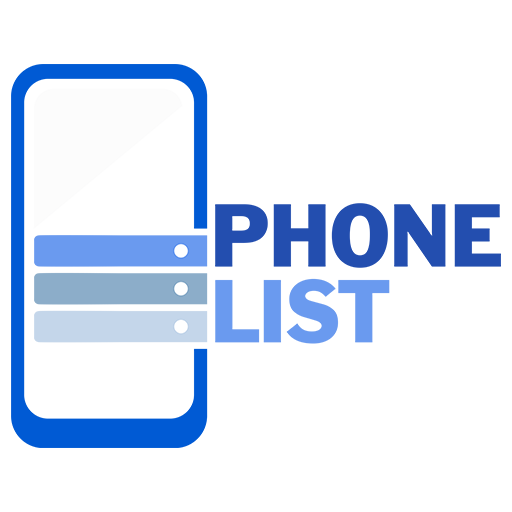How can we reduce the reliance on single-occupancy vehicles
Single-occupancy vehicles (SOVs) are a major contributor to traffic congestion, air pollution, and climate change. In the United States, SOVs account for about 75% of all trips taken. This reliance on cars has a number of negative consequences, both for individuals and for the environment. Traffic congestion is a major problem in many cities around the world. It can lead to delays, stress, and increased emissions. SOVs are a major cause of traffic congestion, as they take up more space on the road than other modes of transportation, such as buses and trains. Air pollution is another major problem caused by SOVs. Cars emit a variety of pollutants, including nitrogen oxides, volatile organic compounds, and particulate matter.
These pollutants can cause respiratory
Heart disease, and cancer. SOVs are a major source of these pollutants, as they are responsible for about 30% of all transportation-related emissions in the United States. Climate change is a global problem that is caused by greenhouse gas emissions. Cars emit a significant amount of greenhouse gases, including carbon dioxide, methane, and nitrous Central African Republic Email List oxide. SOVs are responsible for about 14% of all greenhouse gas emissions in the United States. There are a number of things that can be done to reduce the reliance on SOVs. These include: Investing in public transportation. Public transportation is a more efficient and environmentally friendly way to get around than cars.
Governments can invest in public by
Expanding bus and train lines, making it easier to walk and bike, and providing more affordable fares. Encouraging carpooling and vanpooling. Carpooling and vanpooling allow people to share rides, which reduces the number of cars on the road. Employers can encourage carpooling by offering incentives, such as reserved parking spaces AERO Leads or free or discounted parking. Providing more bike lanes and pedestrian infrastructure. Making it easier for people to walk and bike can reduce the number of car trips that are taken. Governments can provide more bike lanes and pedestrian infrastructure by adding bike lanes to existing roads, creating dedicated bike paths, and making sidewalks wider and more accessible. Making it easier to telecommute.







